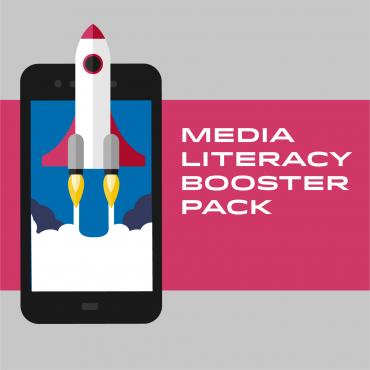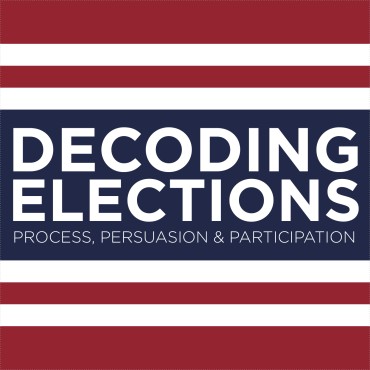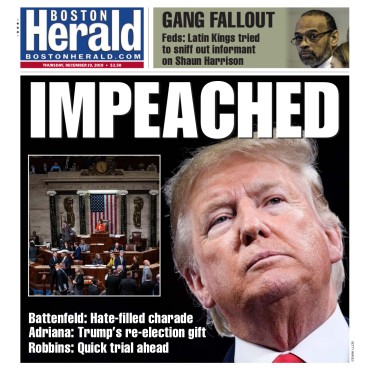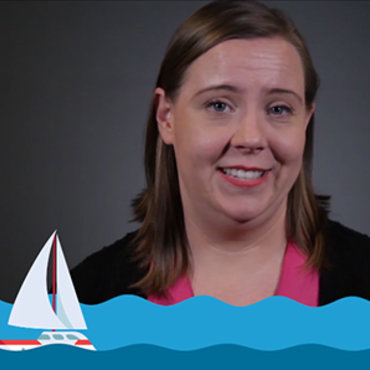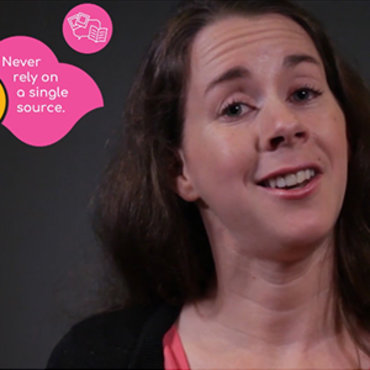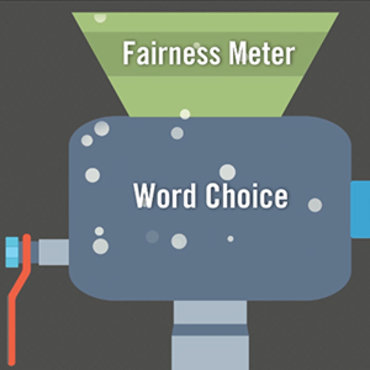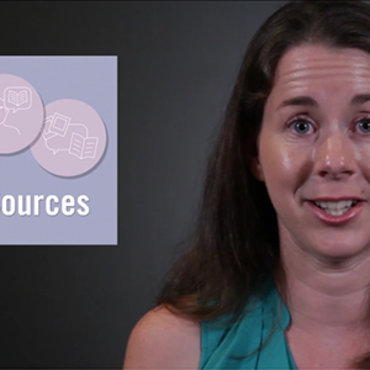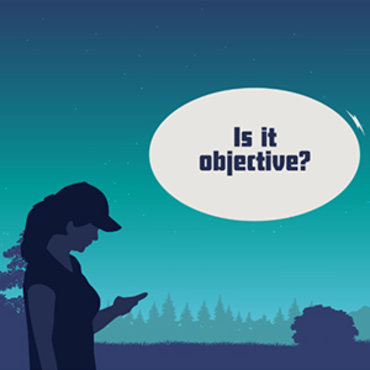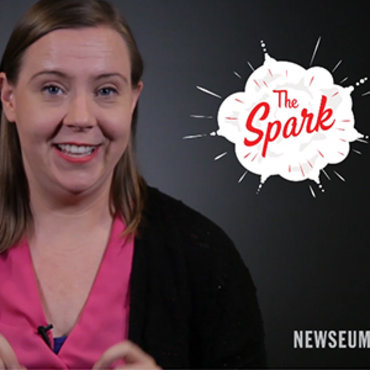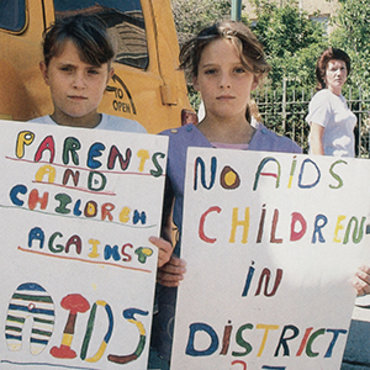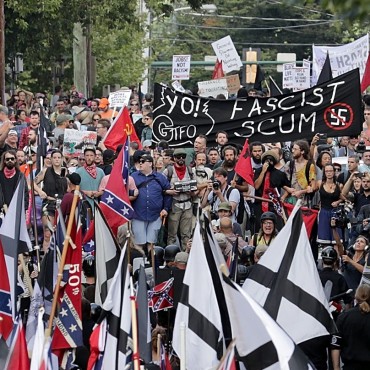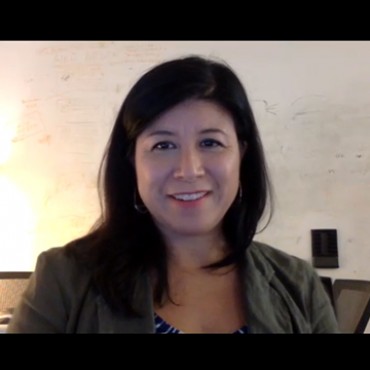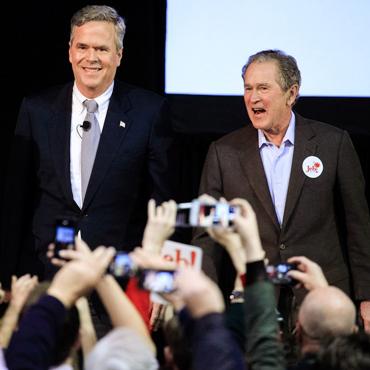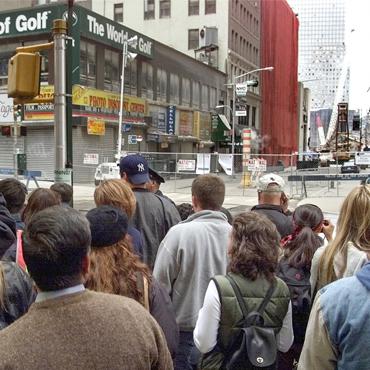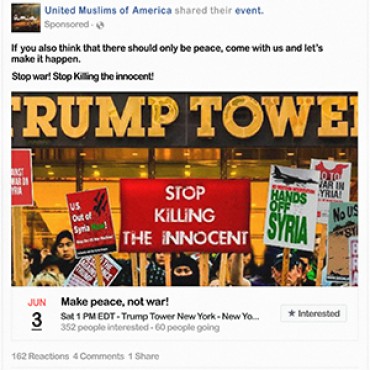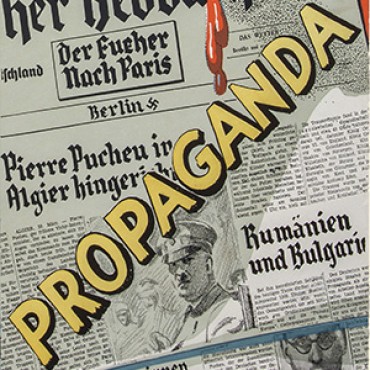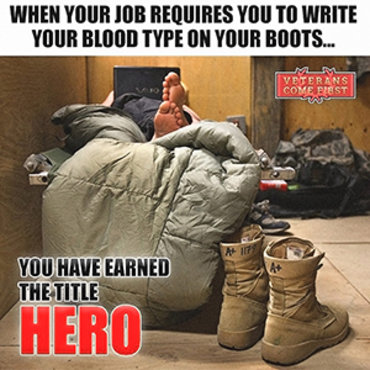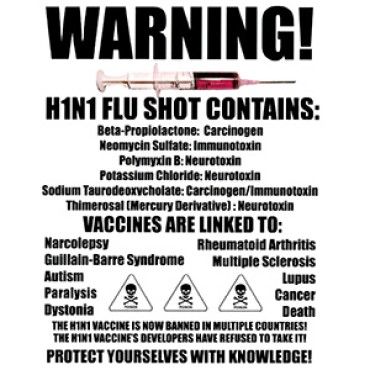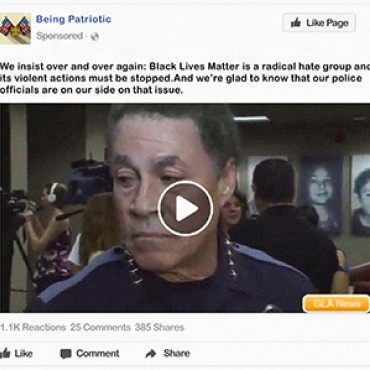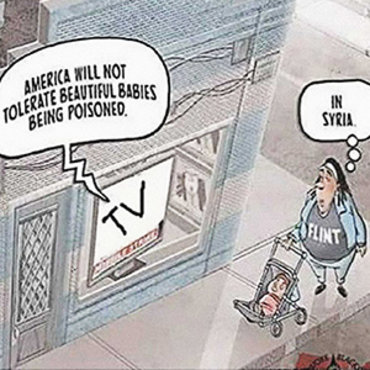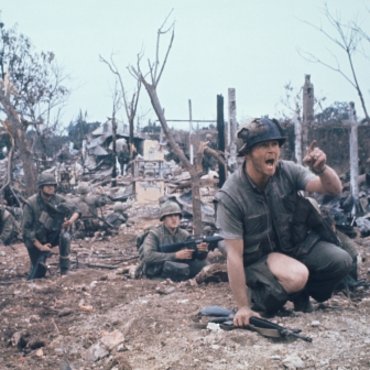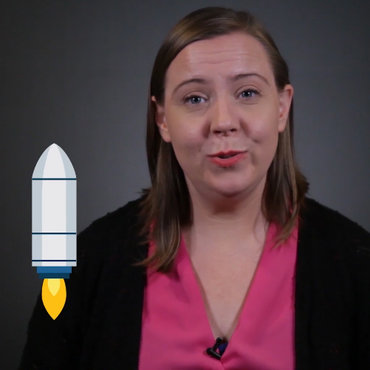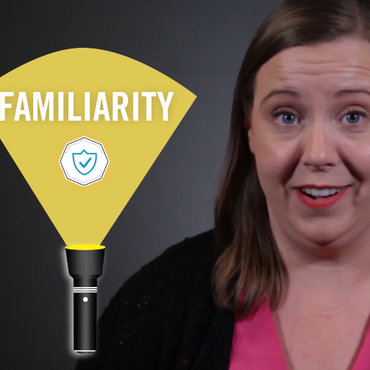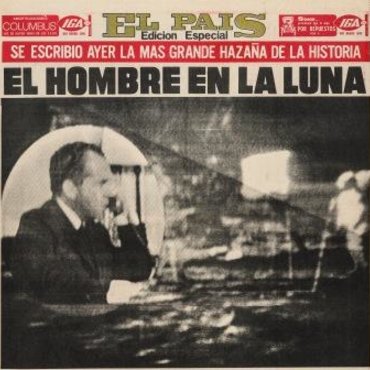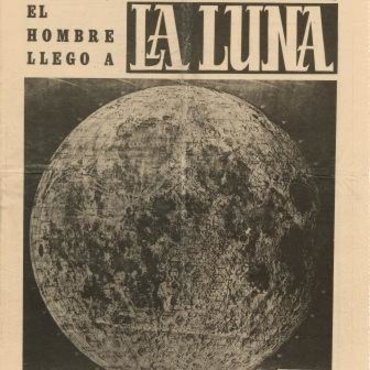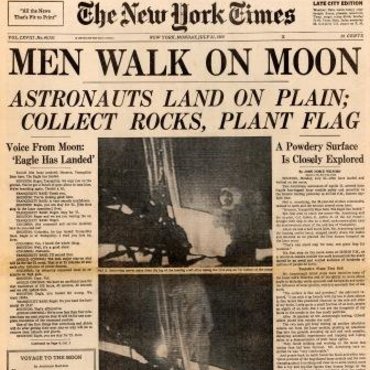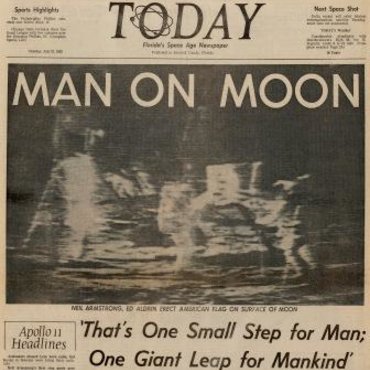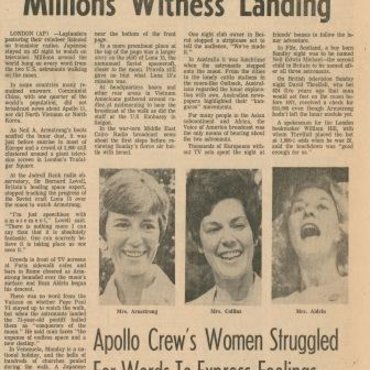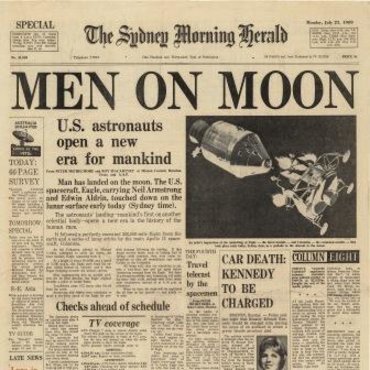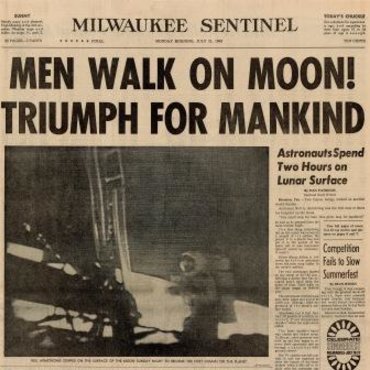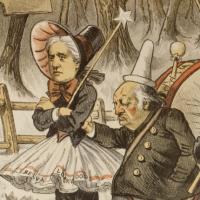
Fact and Opinion Through History: Analyzing Historical Sources
Separating facts and opinions has always been a necessary skill when consuming news media. In this activity, students use the E.S.C.A.P.E. strategy to closely analyze a historical source, shedding light on the role of opinions in historical journalism and drawing comparisons with its contemporary uses.
Get even more great free content!
This content contains copyrighted material that requires a free NewseumED account.
Registration is fast, easy, and comes with 100% free access to our vast collection of videos, artifacts, interactive content, and more.
NewseumED is provided as a free educational resource and contains copyrighted material. Registration is required for full access. Signing up is simple and free.
With a free NewseumED account, you can:
- Watch timely and informative videos
- Access expertly crafted lesson plans
- Download an array of classroom resources
- and much more!
- Current Events
- Journalism
- 6-12
- In advance, review the gallery of historical sources below. For additional background, look at the artifact pages on NewseumED.org: Cartoon of Belva Lockwood, Paper Notes Opposition, Opinion Piece Critical of ‘Birth of a Nation’, and Cartoon Criticizes the Intolerable Acts.
- Prepare access to/copies of example(s) of contemporary opinion journalism and/or editorial cartoons.
- Ask students to help define the difference between a fact and an opinion. Be clear that facts are objective information that is true for everyone, no matter how you look at it. For example, spinach is green. Opinions are a perspective or belief that may not be true for everyone. For example, spinach tastes disgusting. Explain that although much of the news we see is dedicated to providing the facts about what is happening in the world, there is also a role for opinions about these events or ideas. The challenge is that it is not always easy to tell the difference between facts — which are known and proven true — and opinions — which are interpretations of the facts.
- Hand out the Fact and Opinion Through History worksheet and assign students one of the historical sources in the gallery on this page to analyze. They may work in teams, pairs or individually. You may choose to go over the E.S.C.A.P.E. Junk News poster to prepare students to employ its six ways to analyze an artifact: evidence, source, context, audience, purpose and execution.
- When students have completed their worksheets, look at the historical sources in the gallery as a class and briefly explain what each one is. Then, discuss the questions below.
- Copies of the Fact and Opinion Through History worksheet, one per student
- Access to the gallery of historical sources on this page (either printed copies or via devices)
- Contemporary examples of opinion journalism or editorial cartoons
- E.S.C.A.P.E. Junk News poster (for reference, optional download)
- Consider each example. Is it fact, opinion, or both? How do you know?
- Based on these examples, what roles can opinion journalism play? (Think about why it is created and for what intended audience.)
- Do you think it is important to consume both fact-based and opinion journalism? Why/why not?
- Which of these opinion pieces do you think is most effective in making its argument? Why?
- Do you think any of these sources could be confusing to readers? Is it always clear whether it is a fact or an opinion? How could news producers organize their content to minimize this confusion?
- How are these examples of opinion journalism the same as/different from today’s opinion pieces and/or editorial cartoons?
-
Common Core State Standards: CCSS.ELA-LITERACY.CCRA.R.1
Read closely to determine what the text says explicitly and to make logical inferences from it; cite specific textual evidence when writing or speaking to support conclusions drawn from the text. -
Common Core State Standards: CCSS.ELA-LITERACY.CCRA.R.6
Assess how point of view or purpose shapes the content and style of a text. -
Common Core State Standards: CCSS.ELA-LITERACY.CCRA.R.8
Delineate and evaluate the argument and specific claims in a text, including the validity of the reasoning as well as the relevance and sufficiency of the evidence. -
Common Core State Standards: CCSS.ELA-LITERACY.CCRA.W.9
Draw evidence from literary or informational texts to support analysis, reflection, and research.
-
NCSS C3 Framework: D2.Civ.10.6-8 and D2.Civ.10.9-12
6 - 8: Explain the relevance of personal interests and perspectives, civic virtues, and democratic principles when people address issues and problems in government and civil society. 9 - 12: Analyze the impact and the appropriate roles of personal interests and perspectives on the application of civic virtues, democratic principles, constitutional rights, and human rights. -
NCSS C3 Framework: D2.His.4.6-8 and D2.His.4.9-12
6 - 8: Analyze multiple factors that influenced the perspectives of people during different historical eras. 9 - 12. Analyze complex and interacting factors that influenced the perspectives of people during different historical eras.
-
ISTE: 3b. Knowledge Constructor
Students evaluate the accuracy, perspective, credibility and relevance of information, media, data or other resources. -
ISTE: 3d. Knowledge Constructor
Students build knowledge by actively exploring real-world issues and problems.


